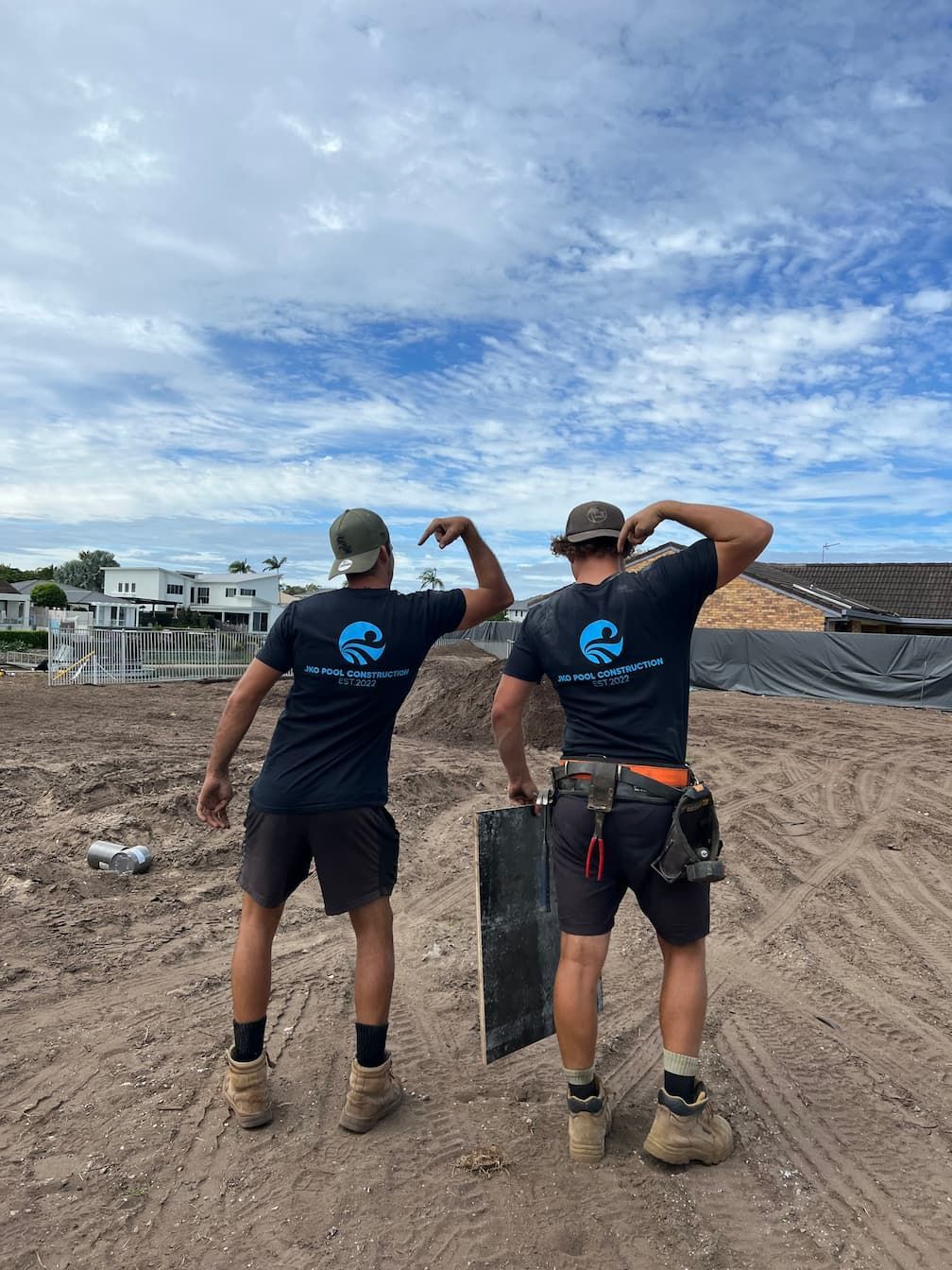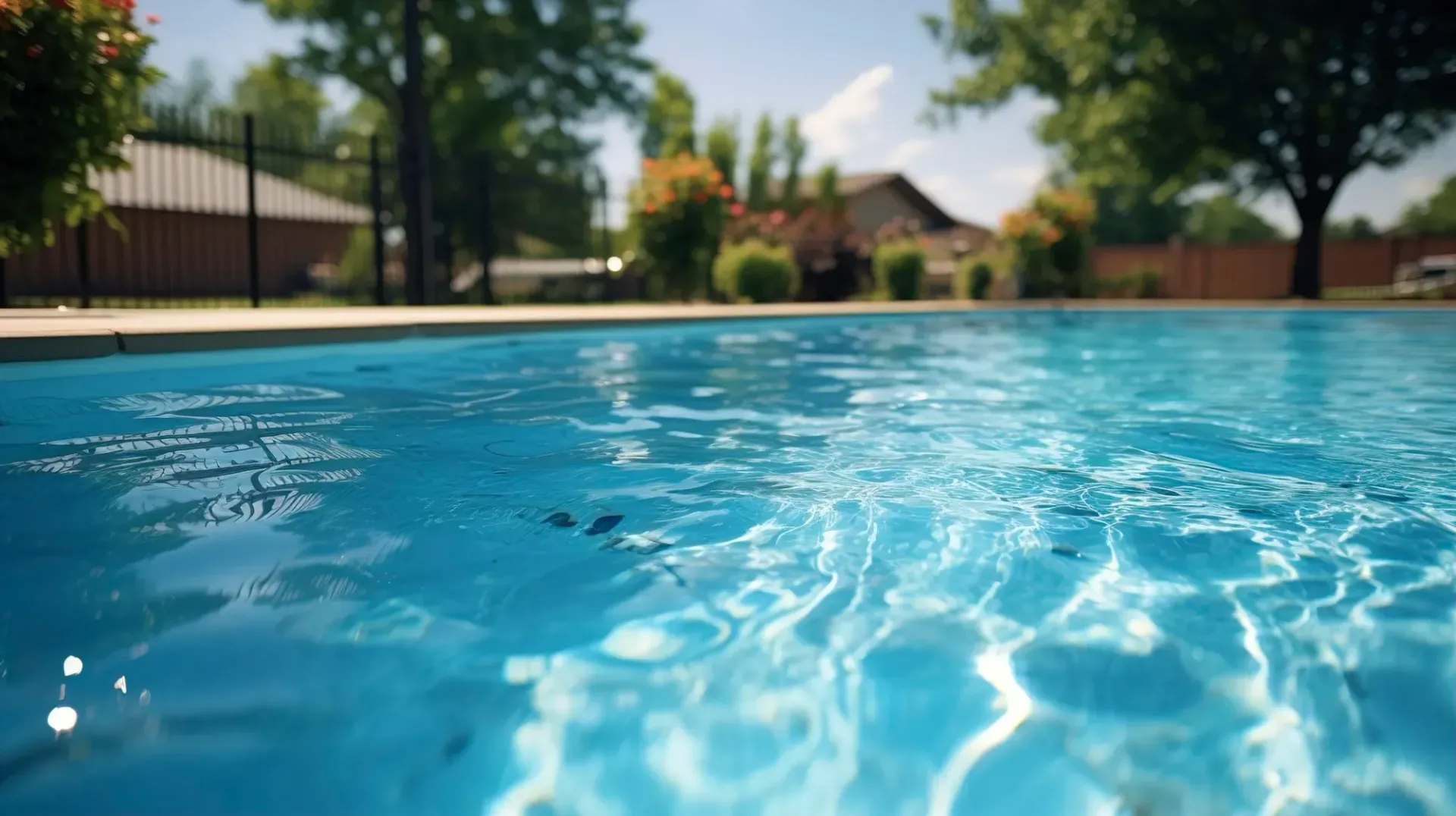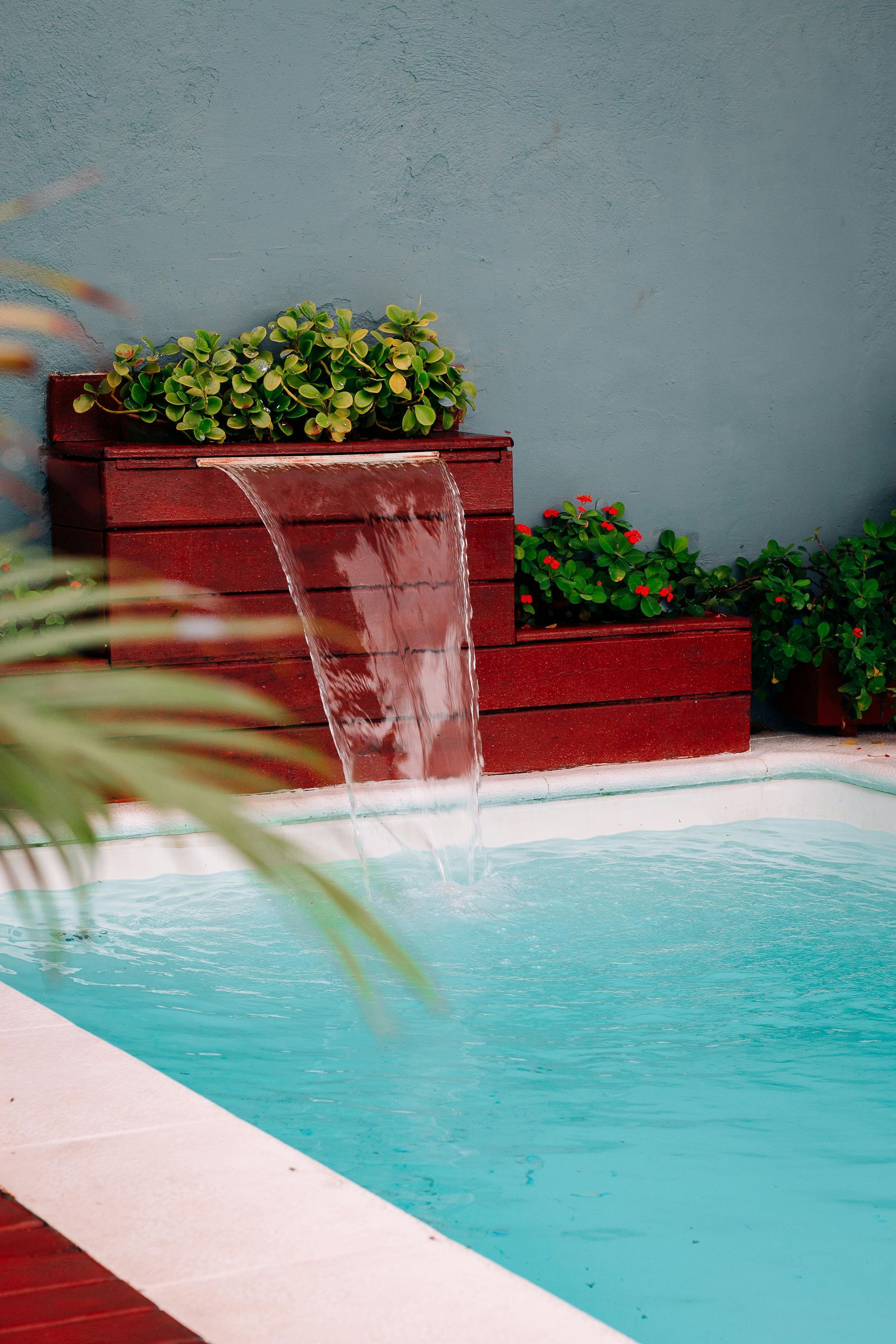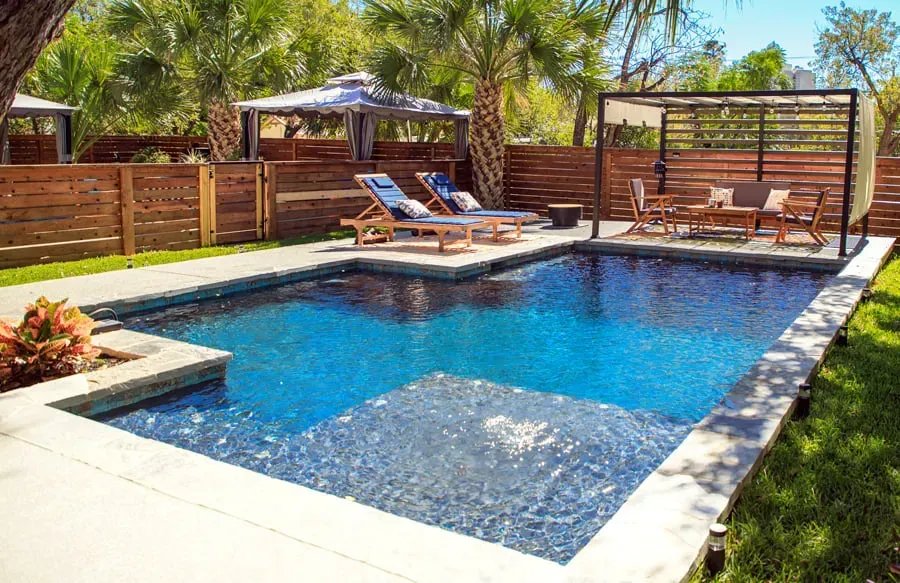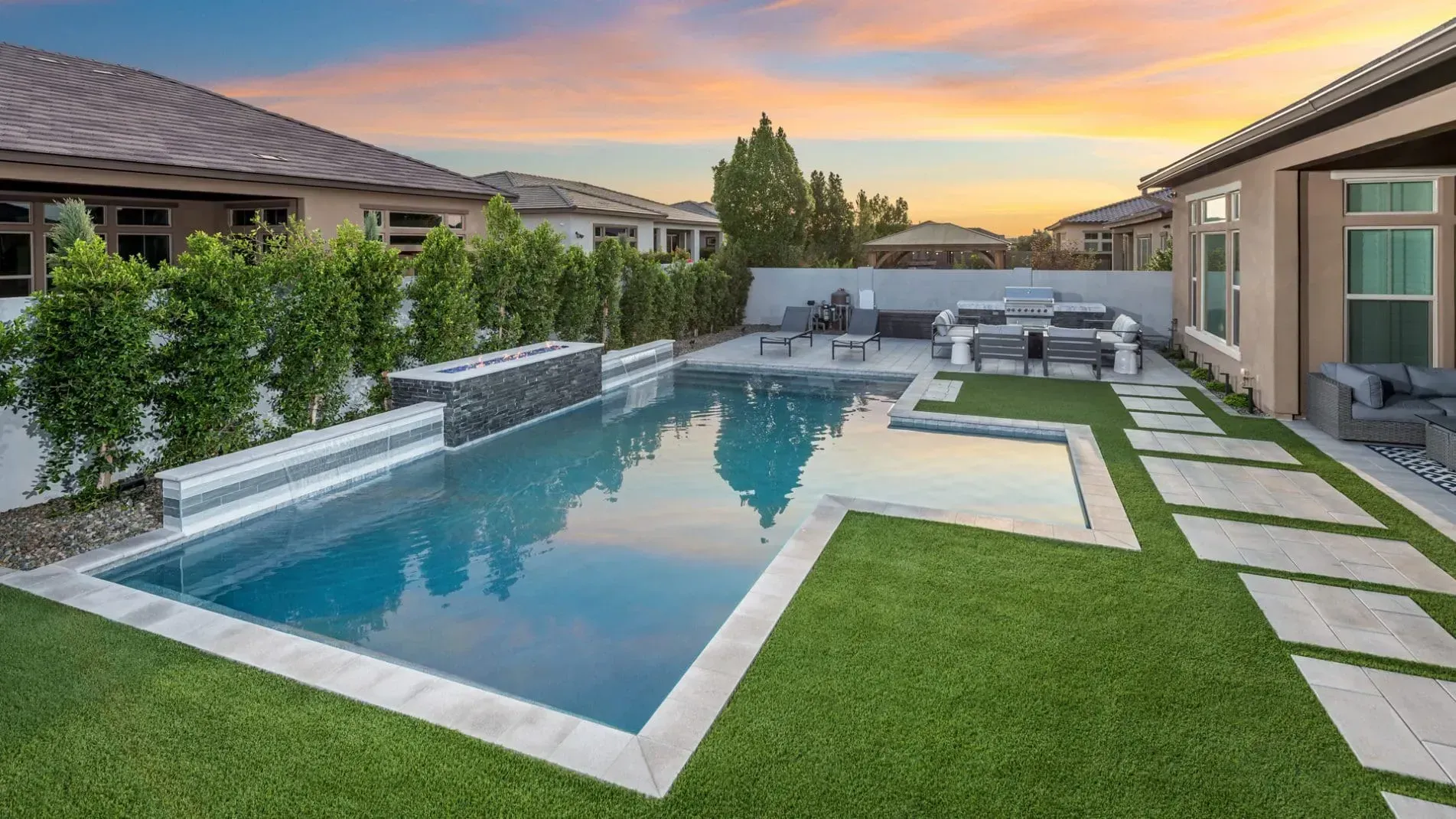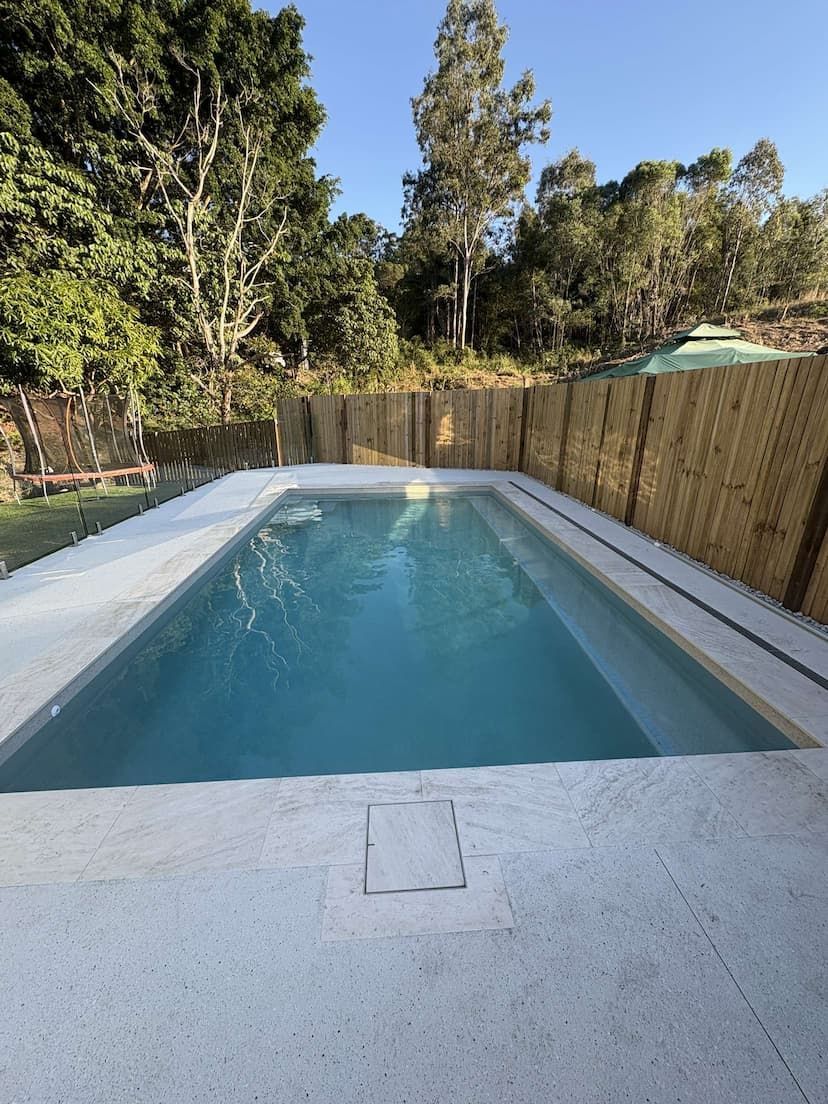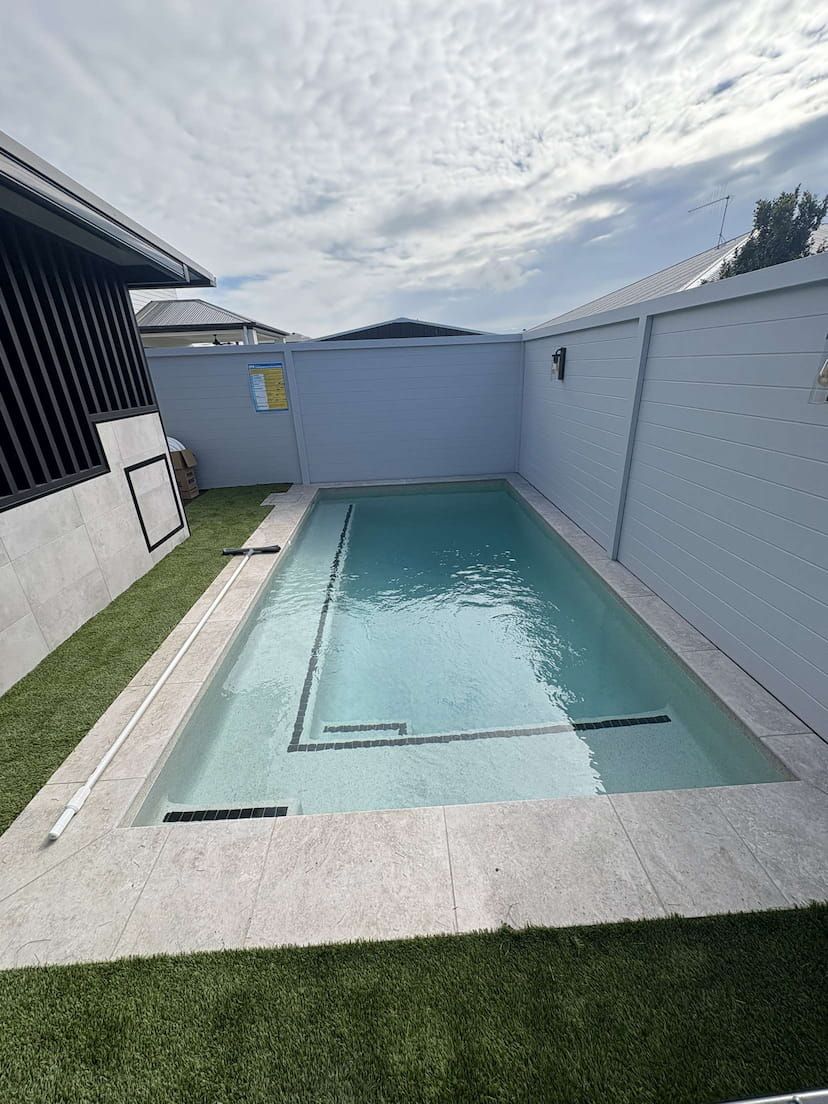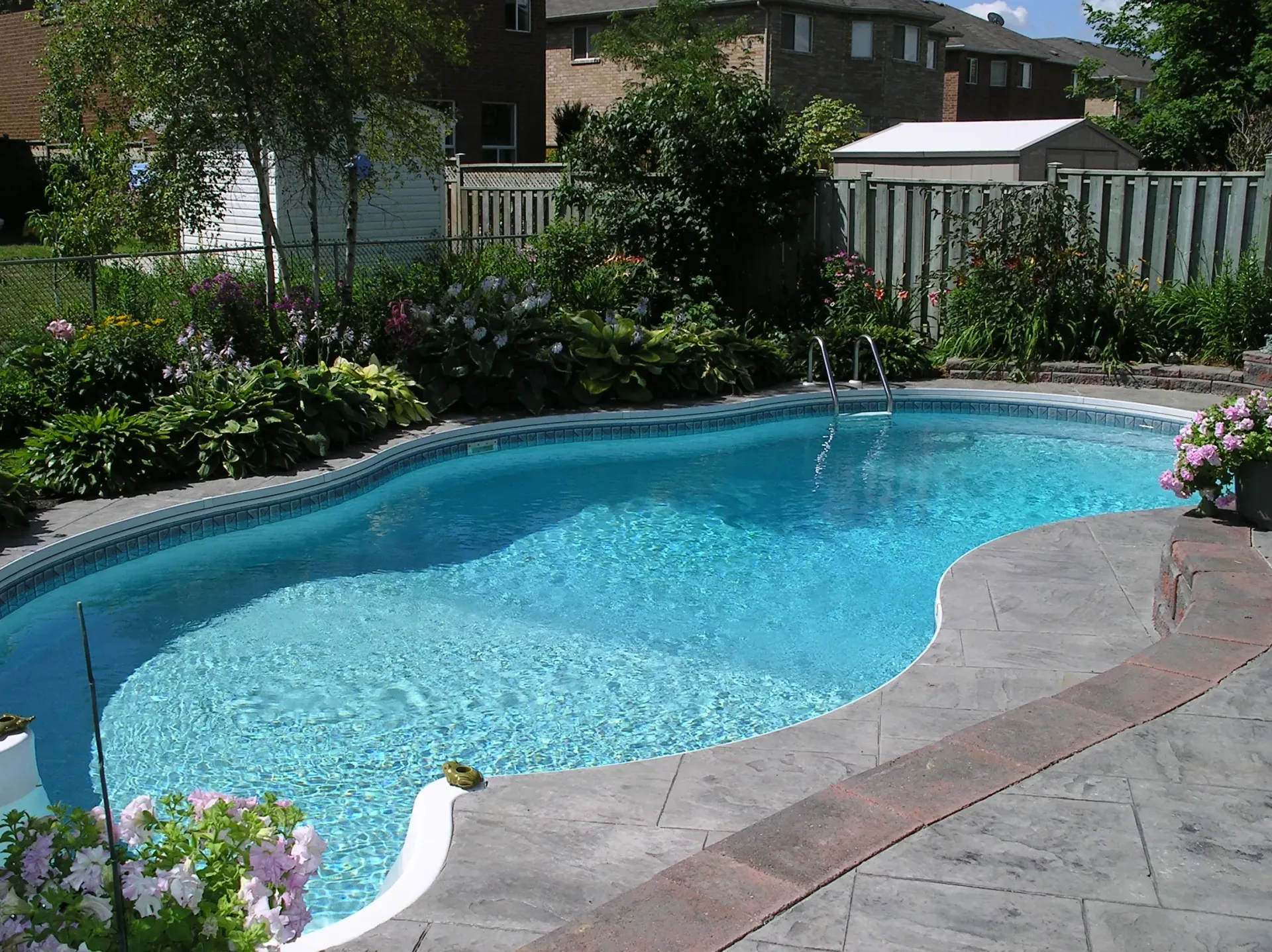Can You Renovate A Pool?
If you have an old, cracked, or outdated pool, you might be wondering — can you renovate it instead of replacing it? The short answer is yes, especially if it’s a concrete pool. Concrete pools are one of the most durable pool types available, which means they can be completely renovated, reshaped, or modernised even decades after being built.
In this guide, we’ll walk through everything you need to know about renovating a concrete pool — from what’s possible to how the process works and the benefits of doing it right.
Why Renovate a Pool?
Over time, even the best-built pool can start to look tired. Harsh sunlight, shifting ground, and years of exposure to chemicals all take their toll. Renovating your pool can solve both cosmetic and structural problems, such as:
- Cracked or deteriorating pool surfaces
- Outdated or damaged tiles
- Leaks or poor waterproofing
- Outdated plumbing or filtration systems
- Fading interior colours
- Old-fashioned shapes or steps
- Inefficient lighting or water features
But renovation isn’t just about fixing problems — it’s about upgrading your pool experience. You can improve energy efficiency, update aesthetics, and even redesign your pool to better suit your lifestyle.
Why Concrete Pools Are Ideal for Renovation
Not all pool types are created equal when it comes to renovations. Fibreglass and vinyl pools have limitations because their shells can’t be easily reshaped or structurally altered.
Concrete pools, on the other hand, are incredibly versatile. Because the structure is reinforced concrete, it can be cut, extended, reshaped, resurfaced, or rebuilt with minimal restrictions. This makes concrete pools perfect for:
- Adding steps, benches, or swim-outs
- Extending or reducing depth
- Installing new plumbing and filtration systems
- Retiling or resurfacing
- Integrating modern features like spas, lighting, or heating
Essentially, if you can imagine it, a skilled pool builder can make it happen with concrete.
Signs Your Concrete Pool Needs Renovating
It’s not always obvious when a pool needs renovation. However, some clear signs indicate it’s time to act:
1. Cracked or Flaking Surface
If the pool’s interior is peeling, pitted, or cracking, water can seep through and cause damage. Resurfacing not only restores the look but also prevents leaks and further deterioration.
2. Leaks and Water Loss
Losing water faster than normal? Even small leaks can increase running costs and erode the pool’s structure over time. Renovation can identify and repair the cause.
3. Old-Fashioned Design
Pools built decades ago often have deep ends, sharp corners, and dull tiles. A renovation can modernise your pool with sleek finishes and shallow lounging areas.
4. Inefficient Equipment
Outdated pumps, filters, and plumbing can waste water and energy. Modern systems are quieter, more efficient, and easier to maintain.
5. Poor Lighting or Safety Features
If your pool lacks lighting, steps, or slip-resistant surfaces, renovation is the perfect opportunity to improve functionality and safety.
The Pool Renovation Process
Renovating a concrete pool involves several stages. The complexity and duration will depend on the condition of your pool and the scale of the work, but here’s what the typical process looks like:
Step 1: Assessment and Planning
A pool specialist will inspect your existing structure to identify issues such as cracks, leaks, or compromised plumbing. This stage is essential to ensure any hidden problems are addressed before aesthetic upgrades begin.
Step 2: Drain and Clean
The pool is drained, and all debris, algae, and old materials are removed. This allows for a clean surface for repair and resurfacing.
Step 3: Structural Repairs
Cracks and damaged concrete are repaired using high-strength materials. Any leaks or hollow spots are fixed, and surfaces are prepared for new coatings.
Step 4: Upgrading Plumbing and Electrical Systems
This is the perfect time to upgrade plumbing, filtration, and lighting systems. New pipes, skimmers, drains, and LED lights can significantly improve performance and appearance.
Step 5: Reshaping or Redesigning
Want to add a spa, beach entry, or change the pool’s depth? Structural modifications can be made at this stage. Concrete allows flexibility that other pool types can’t match.
Step 6: Resurfacing
This is where the transformation really begins. Depending on your preference and budget, resurfacing options include pebblecrete, quartz, glass bead, or smooth render finishes. Each offers a unique look and feel.
Step 7: Tiling and Coping
Tiles and coping (the edge or border around your pool) add character and durability. You can choose from materials such as natural stone, porcelain, or glass mosaic tiles for a modern, luxurious finish.
Step 8: Refilling and Balancing
Once all the work is complete, the pool is refilled and chemically balanced. The result is a rejuvenated, watertight pool ready for years of enjoyment.
Modern Upgrades to Consider During Pool Renovation
If you’re going to the effort of renovating your concrete pool, it’s worth adding features that enhance comfort, style, and efficiency.
Energy-Efficient Systems
Install variable-speed pumps, cartridge filters, or solar heating to reduce electricity and water usage.
LED Pool Lighting
LED lights are bright, long-lasting, and available in colour-changing options for nighttime ambience.
Automation Systems
Smart pool systems let you control lighting, temperature, and filtration from your smartphone.
Water Features
Add a cascading waterfall, deck jets, or bubblers for a resort-style effect.
Spa Additions
Many homeowners choose to incorporate a spa section within their existing pool — ideal for relaxation and extending pool use through the cooler months.
Interior Finishes
Upgrade from standard pebblecrete to premium glass beads or quartz finishes for a luxurious, smooth surface that sparkles under sunlight.
How Much Does It Cost to Renovate a Concrete Pool?
Costs vary widely depending on the extent of the renovation, the materials used, and the upgrades chosen. As a general guide:
- Basic resurfacing may start from a few thousand dollars.
- Mid-range renovations involving tiling, coping, and new filtration systems typically range higher.
- Full redesigns — including shape changes, spas, and automation — can approach the cost of a new build.
However, most homeowners find that renovating a concrete pool delivers excellent value for money compared to building new. You retain your existing structure while gaining a pool that feels brand-new.
To get an accurate estimate, it’s best to arrange a site inspection with a qualified pool builder who can assess your unique situation and provide a tailored quote.
Benefits of Renovating a Concrete Pool
Renovating isn’t just about improving looks — it’s about enhancing performance, safety, and enjoyment.
1. Extends the Life of Your Pool
A properly renovated pool can last another 20–30 years, protecting your investment for decades.
2. Increases Property Value
A modern, well-maintained pool adds significant appeal and can boost your home’s resale value.
3. Improves Safety and Efficiency
Updated plumbing, filtration, and lighting systems make your pool safer and easier to maintain.
4. Enhances Aesthetics
From sleek tiling to custom lighting, a renovated pool becomes a beautiful focal point for your outdoor area.
5. Customisation Options
Unlike pre-formed shells, concrete allows almost unlimited design flexibility. You can create curves, steps, swim-outs, and even integrated spas tailored to your taste.
Common Mistakes to Avoid When Renovating a Concrete Pool
While renovating a pool offers many benefits, it’s important to avoid these common pitfalls:
- Choosing the wrong contractor: Always hire a licensed and experienced concrete pool builder. Poor workmanship can lead to costly leaks or structural issues later.
- Ignoring underlying problems: Cosmetic fixes won’t last if the structure or plumbing is compromised. Address these first.
- Overlooking drainage and waterproofing: Ensuring proper waterproofing prevents long-term damage.
- Cutting corners on materials: Cheaper finishes might save you now but can deteriorate quickly under Australian conditions.
- Neglecting council regulations: Depending on your project scope, you may need approvals for major structural changes or fencing adjustments.
A professional Gold Coast pool builder will manage these factors for you, ensuring the renovation meets local regulations and Australian Standards.
How Long Does a Pool Renovation Take?
The timeframe for a pool renovation depends on its size and complexity, but most projects take 2 to 6 weeks to complete. Here’s a general guide:
- Minor resurfacing: around 2–3 weeks
- Full renovation with tiling and equipment upgrade: 4–6 weeks
- Major structural redesign: up to 8 weeks
Weather can also affect timing, as most concrete work requires dry conditions. Your builder will provide a realistic timeline before work begins.
Maintaining Your Renovated Pool
Once your concrete pool has been renovated, keeping it in top condition is straightforward. Regular maintenance ensures your investment lasts:
- Check water balance weekly to prevent staining or surface damage.
- Brush and vacuum the pool regularly to keep surfaces clean.
- Inspect tiles and grout annually for wear.
- Service pumps and filters as recommended.
- Cover your pool when not in use to reduce debris and chemical use.
With proper care, your renovated pool will stay pristine for many years to come.
Can Every Concrete Pool Be Renovated?
In most cases, yes. Even older concrete pools built decades ago can be successfully renovated. However, extremely damaged or unstable pools may require more extensive structural work before they’re safe to reuse.
An experienced pool builder will inspect the site and advise whether renovation or complete reconstruction is the better option.
Conclusion
So — can you renovate a pool? Absolutely. Concrete pools, in particular, are designed for longevity and flexibility, making them ideal candidates for renovation. Whether you want to repair structural damage, update finishes, or completely transform the layout, renovating your pool can breathe new life into your outdoor area without the cost of a full rebuild.
A modern, efficient, and beautifully finished pool not only improves your home’s value but also enhances your lifestyle — creating the perfect spot to relax, entertain, and enjoy the Australian summer.
If you’re considering a Gold Coast pool renovation, contact JKO Pool Construction today. Our experienced team specialises in concrete pool builds, restorations, and pool renovations across Brisbane and the Gold Coast. We’ll help you design a pool that looks incredible and stands the test of time.
Written By Blake & Josh
With a combined 16 years of hands-on experience, we pride ourselves on delivering pools built to the highest standard.
